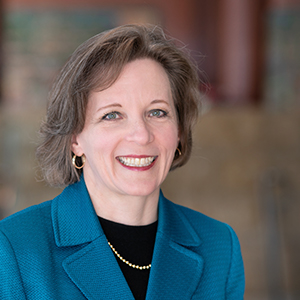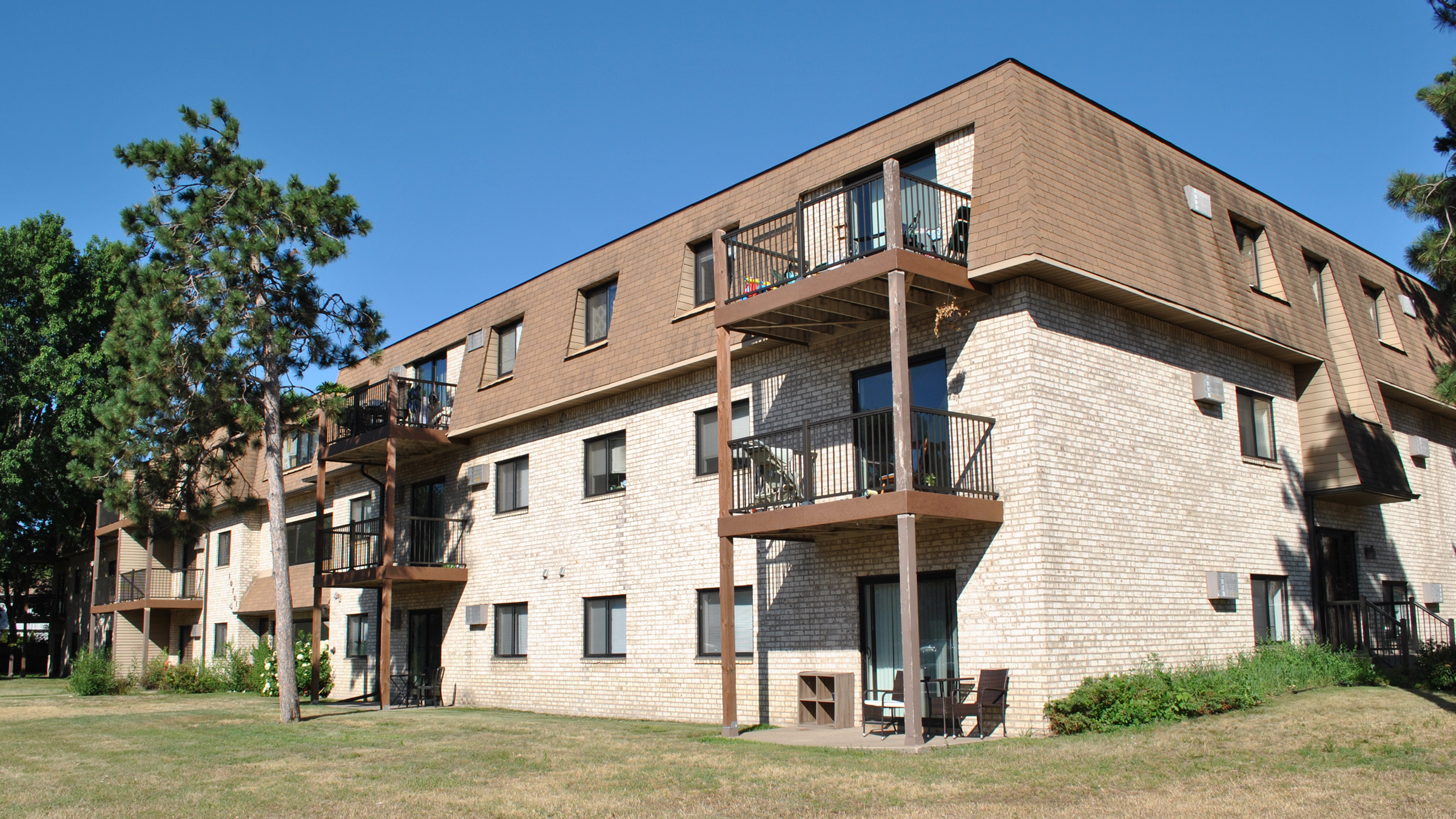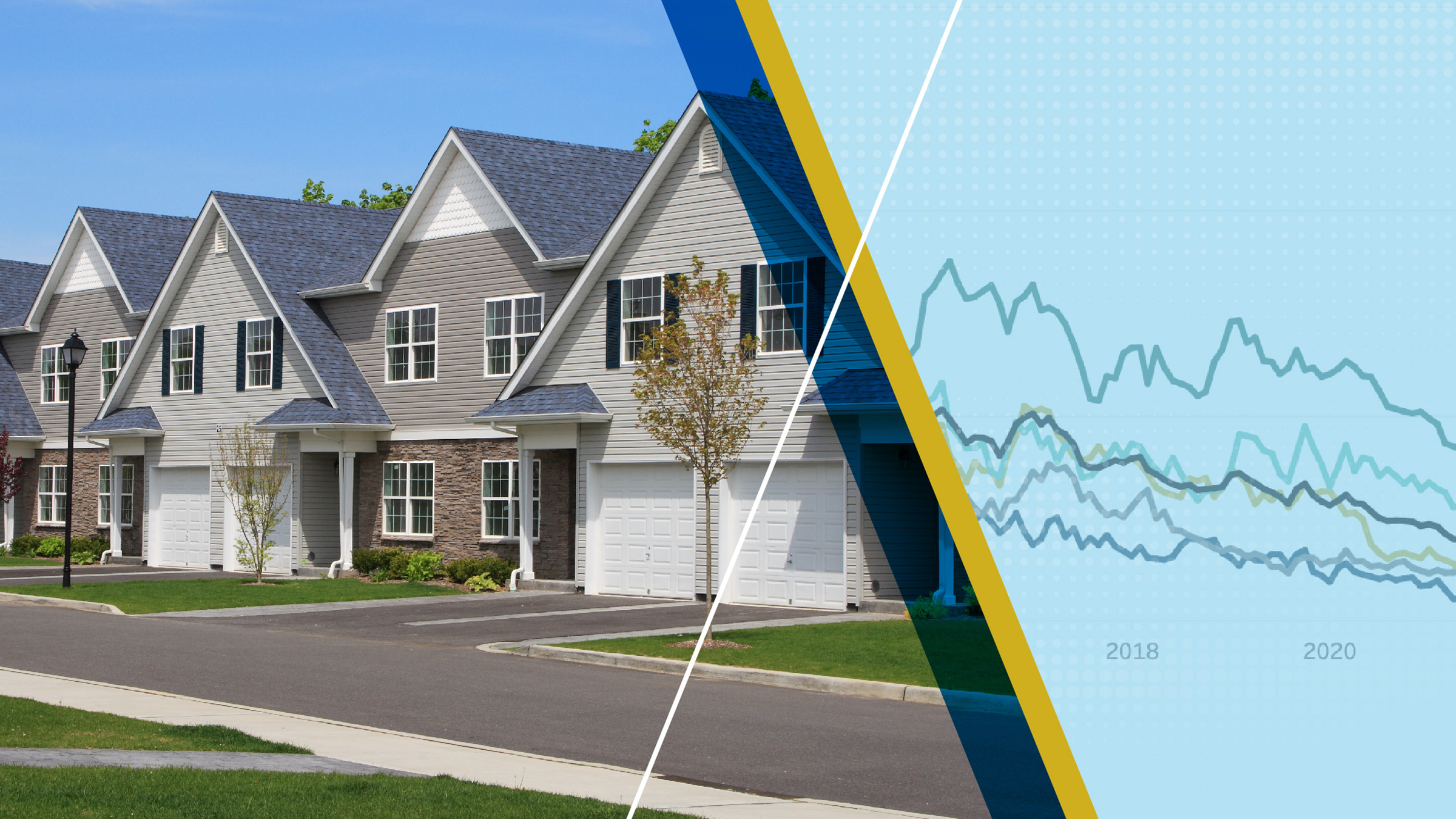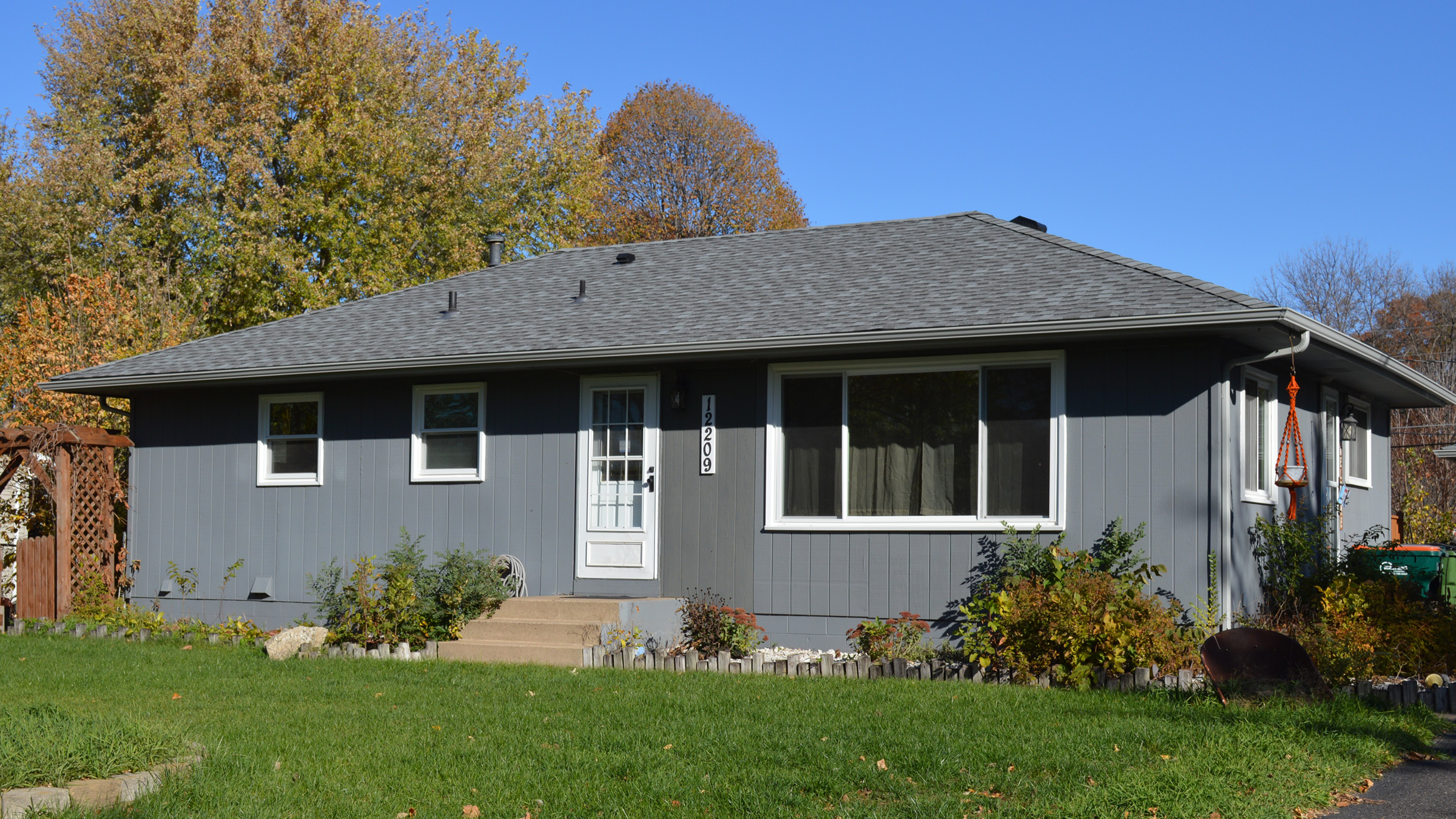A number of recent studies show that limited housing affordability is posing a problem for homeowners and renters, particularly low- and moderate-income families. For example, according to The State of the Nation’s Housing 2022 by the Joint Center for Housing Studies at Harvard University, nearly one-third of American households were cost-burdened in 2020, meaning they spent more than 30 percent of their income on housing costs. The report indicates that renters were particularly hard-pressed, with one-quarter paying more than half their income on housing.
Identifying ways to increase housing affordability is a challenge for policymakers, housing practitioners, and the communities they serve. Providing more financial resources—whether direct subsidy to households, or financing that reduces the cost of housing (or housing construction)—is often touted as part of the solution. With that in mind, regulators included several affordable-housing-related provisions in their recently proposed updates to the Community Reinvestment Act (CRA) regulations. Enacted in 1977, the CRA is a federal law that encourages banks and other depository institutions to invest in and help meet the credit needs of their communities, including low- and moderate-income neighborhoods, consistent with safe and sound banking operations. (Learn more about the CRA.) On May 5, 2022, the three banking agencies with oversight of the CRA—the Board of Governors of the Federal Reserve System, the Federal Deposit Insurance Corporation, and the Office of the Comptroller of the Currency—issued a Notice of Proposed Rulemaking (NPR) to revise the law’s implementing regulations. The NPR’s provisions, which are informed by feedback the three agencies gathered from stakeholders earlier in the rulemaking process, would strengthen and modernize the CRA regulations, including updating how CRA activities qualify for consideration, where CRA activities are considered, and how CRA activities are evaluated.
The proposed update to the definition of affordable housing in the CRA regulations includes four sections: (i) subsidized housing—that is, affordable rental housing developed in conjunction with federal, state, and local government programs; (ii) multifamily rental housing with affordable rents; (iii) activities supporting low- or moderate-income homeownership; and (iv) purchases of mortgage-backed securities that finance affordable housing. This article provides an overview of these provisions and identifies how individuals can submit their own comments to ensure that the CRA-modernization process continues to reflect stakeholder needs.
Clarifying the definition of publicly subsidized affordable housing
The NPR definition of publicly subsidized affordable housing, which is largely similar to that of the current CRA regulations, includes a rental housing unit that is purchased, developed, financed, rehabilitated, improved, or preserved in conjunction with a federal, state, local, or tribal government affordable housing plan, program, initiative, tax credit, or subsidy, so long as the entity has a stated purpose or bona fide intent of providing affordable housing for low- or moderate-income individuals. The NPR notes that earlier stakeholder feedback generally supported the CRA’s current approach. The banking agencies seek feedback on whether additional requirements should be included to ensure that activities that qualify under this definition support housing that is both affordable to and occupied by low- or moderate-income individuals.
The agencies also seek feedback on whether affordable housing activities involving government programs that have a stated purpose or bona fide intent of serving low-, moderate-, or middle-income individuals should qualify for CRA consideration under “certain circumstances,” such as in nonmetropolitan areas or high opportunity areas, defined as areas that include census tracts with high costs of development and low poverty rates specified under the Federal Housing Finance Agency. In both types of areas, affordable housing is often limited, and allowing consideration of activities areas may provide banks additional flexibility to address community needs. However, the agencies are aware that broadening the definition to include housing that benefits middle-income individuals may divert emphasis from activities that support the needs of low- or moderate-income individuals.
With this context, the agencies seek stakeholder feedback on the following questions (numbered as they appear in the NPR):
Q3: Is the proposed standard of government programs having a “stated purpose or bona fide intent” of providing affordable housing for low- or moderate-income (or, under the alternative discussed above, for low-, moderate- or middle-income) individuals appropriate, or is a different standard more appropriate for considering government programs that provide affordable housing? Should these activities be required to meet a specific affordability standard, such as rents not exceeding 30 percent of 80 percent of median income? Should these activities be required to include verification that at least a majority of occupants of affordable units are low- or moderate-income individuals?
Q4: In qualifying affordable rental housing activities in conjunction with a government program, should the agencies consider activities that provide affordable housing to middle-income individuals in high opportunity areas, in nonmetropolitan counties, or in other geographies?
Encouraging investment in unsubsidized affordable multifamily rental housing
Under the current regulations and guidance, stakeholders have noted that there is not a clear standard for determining that low- or moderate-income individuals will benefit from unsubsidized affordable housing, often referred to as naturally occurring affordable housing (NOAH). This housing is affordable to low- or moderate-income individuals but is not financed or supported by a government program. Due to the lack of a clear standard, the current CRA regulations provide banks no incentive or encouragement to invest in NOAH preservation, despite the need. Earlier feedback from stakeholders emphasized the need for “more consistent and practical feasible qualifications” for NOAH under the CRA, and the NPR notes that NOAH is an important source of affordable housing for many low- or moderate-income individuals.
Accordingly, the NPR outlines a new definition for unsubsidized affordable housing that aims to provide clear and consistent criteria by creating an affordability standard. It requires that the rent for the majority of the units in a multifamily property does not exceed 30 percent of 60 percent of the area median income, and also requires that one or more of the following additional criteria are met:
- The housing is located in a low- or moderate-income census tract;
- The housing is purchased, developed, financed, rehabilitated, improved, or preserved by any nonprofit organization with a stated mission of, or that otherwise directly supports, providing affordable housing;
- The property owner has made an explicit written pledge to maintain affordable rents for low- or moderate-income individuals for at least five years or the length of financing, whichever is shorter; or
- The bank provides documentation that a majority of the housing units are occupied by low- or moderate-income individuals or families.
With the above context, the agencies seek stakeholder feedback on the following questions:
Q5: Are there alternative ways to ensure that naturally occurring affordable housing activities are targeted to properties where rents remain affordable for low- and moderate-income individuals, including properties where a renovation is occurring?
Q6: What approach would appropriately consider activities that support naturally occurring affordable housing that is most beneficial for low- or moderate-income individuals and communities? Should the proposed geographic criterion be expanded to include census tracts in which the median renter is low- or moderate-income, or in distressed and underserved census tracts, in order to encourage affordable housing in a wider range of communities, or would this expanded option risk crediting activities that do not benefit low- or moderate-income renters?
Q7: Should the proposed approach to considering naturally occurring affordable housing be broadened to include single-family rental housing that meets the eligibility criteria proposed for multifamily rental housing? If so, should consideration of single-family rental housing be limited to rural geographies, or eligible in all geographies, provided the eligibility criteria to ensure affordability are met?
Assisting low- and moderate-income homeownership
The agencies also propose adding a prong to the affordable housing definition that includes:
- Activities that directly assist low- or moderate-income individuals to obtain, maintain, rehabilitate, or improve affordable owner-occupied housing; or
- Activities that support programs, projects, or initiatives that assist low- or moderate-income individuals to obtain, maintain, rehabilitate, or improve affordable owner-occupied housing.
Both single-family and multifamily properties could be included in this expansion of qualifying owner-occupied housing activities. It is important to note that any reported mortgage loan that is evaluated under the retail lending test (that is, the test that evaluates a bank’s ability to meet the credit needs of its assessment areas through lending activities) would not count under this proposed definition. However, the proposed definition does include activities banks conduct in partnership with governmental or nonprofit organizations, given that there is a stated purpose of providing affordable housing, and also includes activities provided by the bank itself, or with other for-profit partners.
The agencies seek feedback on the following question:
Q8: How should the agencies consider activities that support affordable low- or moderate-income homeownership in order to ensure that qualifying activities are affordable, sustainable, and beneficial for low- or moderate-income individuals and communities?
Additionally, in an effort to ensure that activities that support affordable low- and moderate-income homeownership are sustainable and beneficial, the agencies seek feedback on the following question:
Q10: What changes, if any, should the agencies consider to ensure that the proposed affordable housing definition is clearly and appropriately inclusive of activities that support affordable housing for low- or moderate-income individuals, including activities that involve complex or novel solutions such as community land trusts, shared equity models, and manufactured housing?
Ensuring investments in mortgage-backed securities align with the CRA’s purpose
In the NPR, the agencies propose that, consistent with current practice, investments in mortgage-backed securities that demonstrate a primary purpose of community development continue to qualify as an affordable housing activity when the security contains a majority of either single-family home mortgage loans for low- and moderate-income individuals or loans financing multifamily affordable housing that otherwise qualifies under the proposed affordable housing definition. The agencies are aware of stakeholder concerns around mortgage-backed securities, including the concern that some banks might rely on purchasing mortgage-backed securities to meet their community development financing obligations as opposed to pursuing more direct or responsive activities, and the concern that some banks could purchase high volumes of mortgage-backed securities prior to undergoing a CRA evaluation and then sell them shortly afterward. Stakeholders generally have not opposed the consideration of mortgage-backed securities as qualified investments, although some stakeholders suggested additional requirements, such as preventing banks from receiving CRA credit for mortgage-backed securities that are purchased and then quickly resold.
With respect to the above stakeholder concerns, the agencies seek feedback on the following question:
Q9: Should the proposed approach to considering mortgage-backed securities that finance affordable housing be modified to ensure that the activity is aligned with the CRA’s purpose of strengthening credit access for low- or moderate-income individuals? For example, should the agencies consider only the value of affordable loans in a qualifying mortgage-backed security, rather than the full value of the security? Should only the initial purchase of a mortgage-backed security be considered for affordable housing?
How to comment
The three banking agencies seek comments about the NPR to help them refine its provisions to better serve low- and moderate-income communities. To provide feedback related to the questions detailed here, or on any other issues discussed in the NPR, submit a written comment on or before August 5, 2022. A comment-submission link and additional information on the NPR release are available on the Federal Reserve Board’s website.
Libby Starling is Senior Community Development Advisor in Community Development and Engagement at the Federal Reserve Bank of Minneapolis. She focuses on deepening the Bank’s understanding of housing affordability, concentrating on effective housing policies and practices that make a difference for low- and moderate-income families in the Ninth Federal Reserve District.







